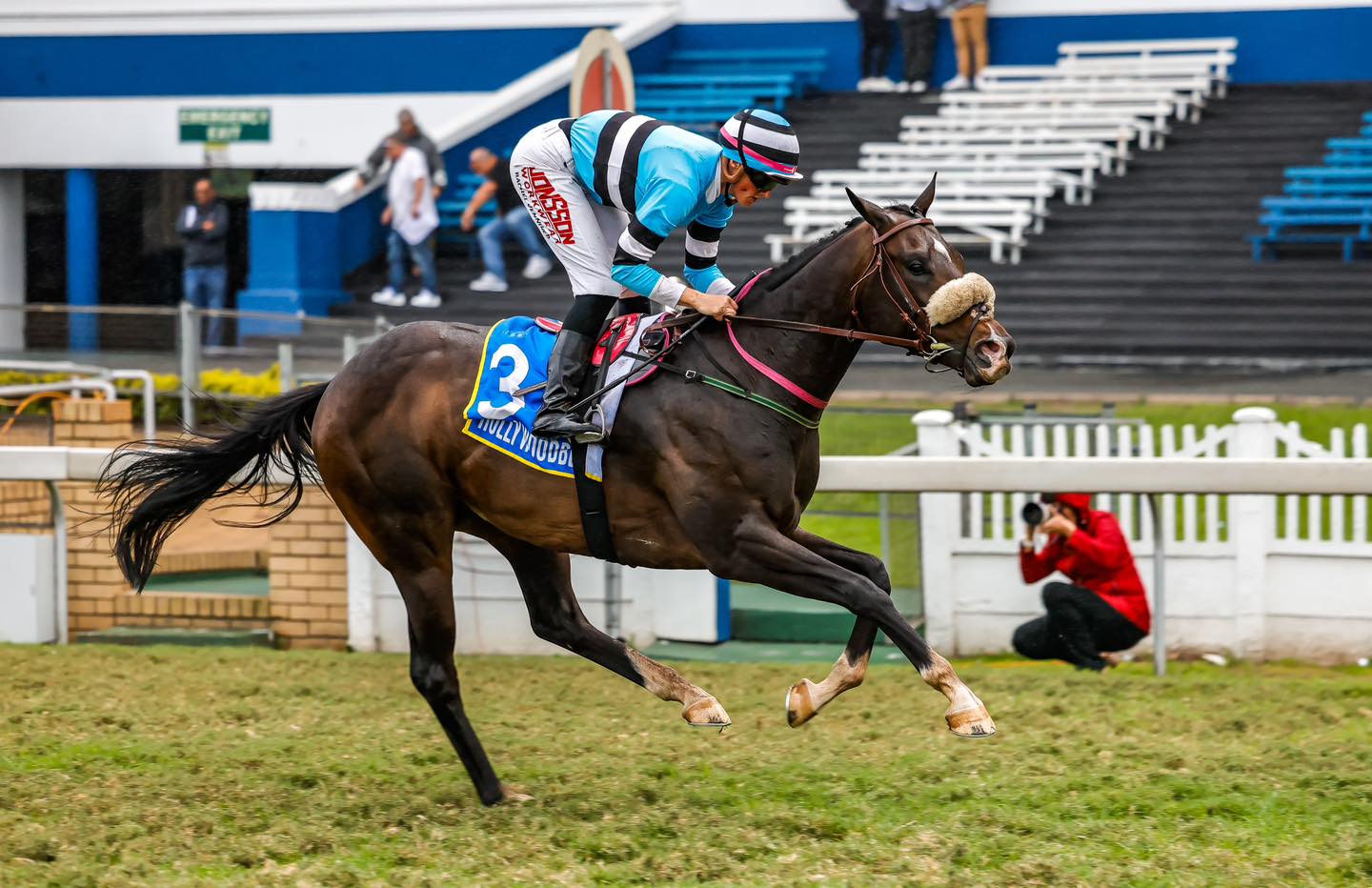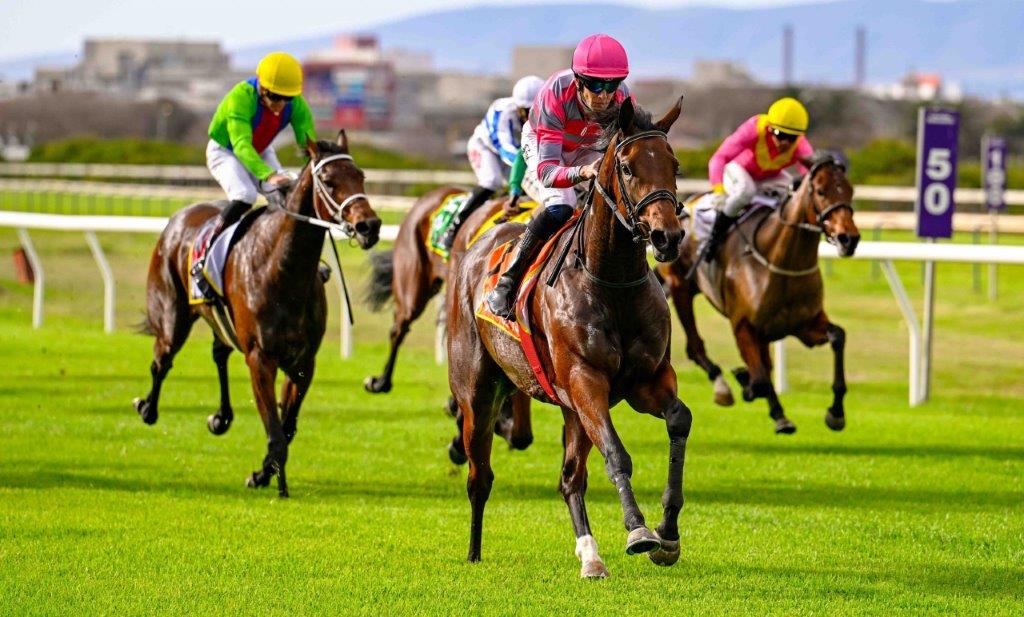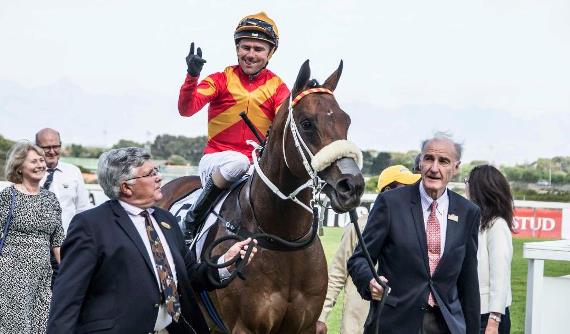
In a refreshingly frank interview on the Winning Ways show last Monday, Gold Circle CEO Michel Nairac raised concerns about plummeting tote turnovers. He didn’t suggest solutions to the problem but did touch on alternatives.
But should we not be arresting the slide rather than relying so heavily on alternate income streams?

A glance at a deserted Kenilworth Racecourse on Cape Guineas Saturday, on what should be a highlight of the Cape Summer Season, suggests that alarm bells should be ringing all round. Beyond some bussed-in kids having a ball on the jumping castles, there was nobody on track.
Problem is it’s no good ignoring the intruder, turning the alarm off and going back to sleep.
While there is no proven relationship between on-course attendance and betting turnover, if you are coughing and have a headache, it’s probably a sign you should be taking medical advice.
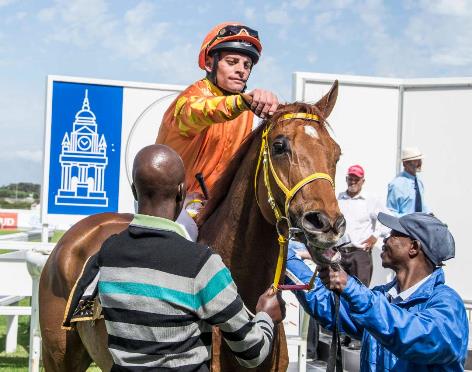
Making excuses through justification like blaming economics and sports betting is not going to solve the issue. The fact is that Racing Management are staring a crisis in the face – and simply looking away and banking another salary cheque. And no doubt taking a ‘well deserved’ break over the festive period.
Out of interest, we contacted Saftote last Thursday to enquire about the R470 – yes R470 – Place Accumulator pool on the Deauville meeting that day. We received no answer. That’s probably because they don’t really have one that sounds clever.
When it comes to a crisis, we are not alone – if that makes us feel better.
On the subject of turnover, Bill Nader wrote in www.bloodhorse.com recently that for the seventh consecutive year, total wagering on American Thoroughbred racing will fall short of the $11 billion mark.
He writes that most in the industry shrug this off, spinning the story of this key economic indicator into a false positive—a flat line to a downward spiral that began in 2005 when a three-year run of more than $15 billion came to a near screeching halt.
Horse racing features some of the brightest financial minds from Wall Street as owners and trustees of its sport, making it all the more shocking how nonchalant the attitude seems to be about the one number that defines the health of the overall industry.
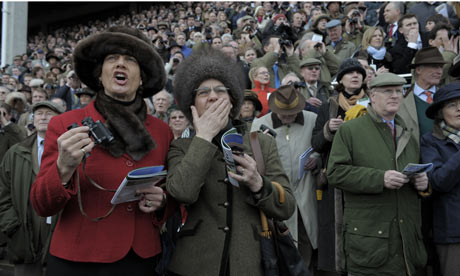 Betting turnover is the key driver to all stakeholders who derive a livelihood from the sport. It is the key component to investment in purses and the funding for operating and capital investment.
Betting turnover is the key driver to all stakeholders who derive a livelihood from the sport. It is the key component to investment in purses and the funding for operating and capital investment.
Every person who wants the sport to succeed—the horse owner, breeder, shareholder, track executive and employee, the stable worker, vendors, and racing fan seeking a good customer and wagering experience—are all better off if total handle is healthy. But, the seven-year flat-line trend tells us that we are not.
The easy way out is to look for reasons – always easy to find.
The major racetracks should come together and agree on a takeout reduction to stimulate wagering investment. No single racetrack or racing association can do this in isolation. There needs to be a concerted effort and a shared vision.

The prime category for takeout reduction should be in the single-race (vertical) bet types, specifically win, place, and exacta, in an effort to create churn to allow the betting rand to turn over with greater frequency. This will create a better return to purses and to the bottom line. Over the last 10 years, there has been a steady shift from single-race to multi-race (horizontal) bet types such as Pick 3, 4, and 5, where the takeout is applied only one time and the payment to the industry (purses and tracks) is minimized as the wagering dollars can be tied up over multiple races. There is nothing wrong with multi-race bet types. Customer preference and wagering experience is the trump card and this is acknowledged and accepted.
The key is rebuilding the foundation by bringing greater liquidity and churn to the single-race pools through a strategic initiative to lower takeout as it relates to field size. Win, place, show, and exacta wagering has to become more attractive.

The major tracks can come together and agree, for example, that on field sizes of six or less, takeout on these bet types is 14%. The totalizator companies have the flexibility to do this. The burden of taking this leap of faith, this industry bet on its own future, should not rest on one track. It needs to be a shared vision.
The time has come for the brightest minds in the industry to call a timeout and huddle together for a shared and sustainable solution through a stimulus package that embraces lower takeout and greater churn on single-race, takeout sensitive bet types. Otherwise, the total sales of pari-mutuel bets on Thoroughbred racing will soon be halved when compared to the levels once enjoyed in 2002-2007.
The current playbook isn’t working.






